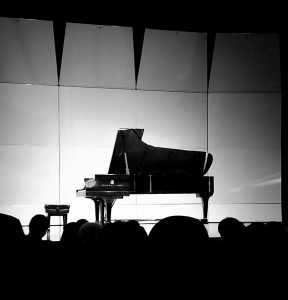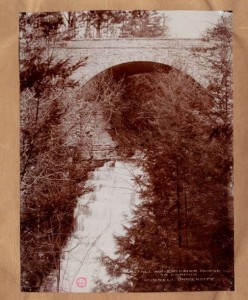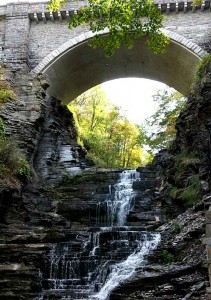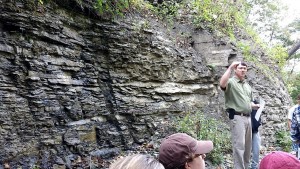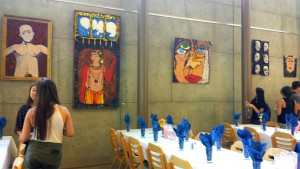What do you do when someone is attacking you? Do you fight back? Run? Scream? If I were in that situation, I probably would have been too surprised to be able to do any of them. I went to the rose self-defense workshop because I wanted to learn how to protect myself if I ever come across a dangerous situation. The karate instructor Kathleen Garrity, who has more than 40 years of karate experience, taught us many tips and moves for gaining control of the situation and escaping violent situations.
One of the first things we learned is that just standing confidently with broad shoulders can allow you to avoid an unwanted confrontation by a stranger. By standing tall, you are sending out a confident energy that may discourage the attacker to choose you over another person as their victim. Until the instructor pointed it out, I didn’t realize how much I lean on to an object or hold on to my arms. I’ll remind myself to stand confidently when I am outside in the future.
A lot of the movements that she taught us were interesting because it was not what I intuitively would have acted in a stressful situation. For example, you need to stand with your weaker side facing your attacker, so that if you get hurt on your weaker side, you still have your stronger arm and leg to defend yourself. Overall, I learned a great deal about self-defense in an hour and I will keep practicing as instructed but I hope that no one will ever need to use it.
Answer to the question from beginning: Keep balanced, face the attacker on your left side (if you are right-handed), raise your arms and face your palms at them, block any hits with your arms, then strike up with your right palm hard on their chin, grab their right shoulder across, then knee them with your right leg, and finally push them on their side and run away to safety!

